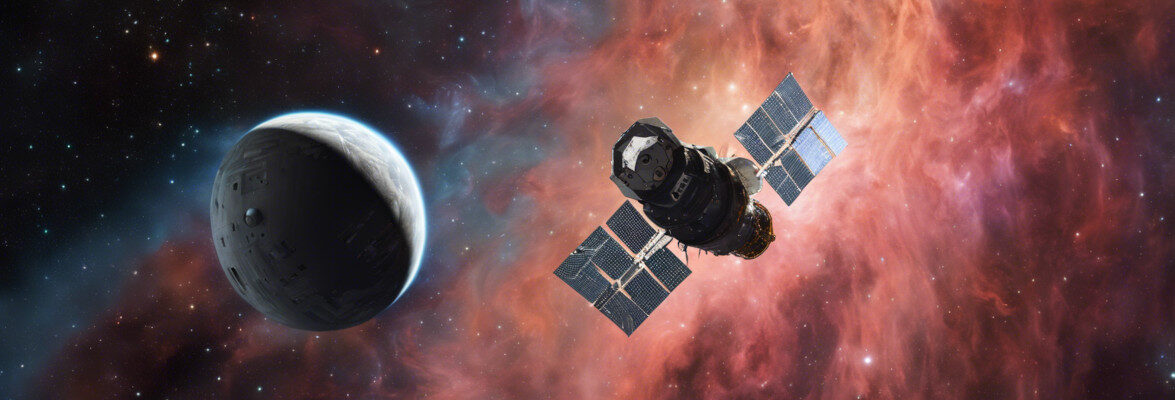
A few hours ago, SpaceX’s Dragon spacecraft ended its CRS-29 (Cargo Resupply Service 29) mission for NASA splashing down smoothly off the Florida Coast. The Dragon left the International Space Station a little more than 19 hours earlier. For SpaceX, this was the 9th mission of the 2nd contract with NASA to transport supplies to the Station with the new version of the Dragon cargo spacecraft.
Shortly after the splashdown, SpaceX’s recovery ship went to retrieve the Dragon to transport it to the coast. The cargo brought back to Earth will be delivered to NASA within a few hours. The Dragon spacecraft reached the International Space Station on November 11, 2023.
The Dragon spacecraft brought back to Earth about 1,950 kg (about 4,300 lbs) of mixed cargo that include various scientific experiments and biological samples. Part of the samples is contained in the freezers because they need to be kept at low temperatures. SpaceX is the only American company that has a spacecraft capable of bringing intact cargo back to Earth so the Dragon missions are really important for NASA. Samples produced during many of the experiments conducted on the International Space Station may require in-depth analyzes possible only in specialized laboratories on Earth.
The next resupply mission for the Dragon space cargo ship could begin in March 2024 but that’s a tentative schedule. The spacecraft that carried out the CRS-29 mission departed the International Space Station a few days later than planned due to bad weather in the landing area. Version 2 of the Dragon is designed to remain in space for months, so a mission of just over a month is not a problem and this freighter had already conducted a slightly longer one, the CRS-26, almost a year ago.
The delay in the departure of the Dragon cargo spacecraft postponed the departure of the Cygnus “S.S. Laurel Clark” as well, the one that completed the NG-19 mission, which started on August 2. Strict security measures require one spacecraft to maneuver near the International Space Station at a time, and the Dragon had priority, as it brought cargo back to Earth. The Cygnus departed on Friday. It will remain in orbit for a few days to conduct the SAFFIRE-VI fire experiment in space and then disintegrate upon re-entering Earth’s atmosphere as it cannot land.


